How do you select the right rotary tiller for your property, garden or food plot? A tiller that’s compatible with your tractor? A tiller well suited for your soil conditions? And that’s built to last — with regular maintenance of course? To pick the right tiller, there are several factors you should consider. Read on for selection tips…
Forward or Reverse Rotation
As a first step, choose between forward or reverse rotation. A reverse-till model will do a much better job in seed bed preparation with fewer passes. The forward-till model will handle rocky soil conditions better. But not all manufacturers offer both a forward- and reverse- rotation model. That could limit your search.
Reverse tilling action helps bury the residue as well as large clods of dirt, and deposits the fines on top. Forward-till models tend to leave larger clods closer to the surface, requiring additional passes to achieve similar results. Additionally, reverse-rotation tillers pull against the direction of travel, digging deeper and performing better in dry, hard soil or virgin ground. Forward-rotation tillers are good in existing garden spaces or well-aerated soils.
Rocky soil is not good for reverse-rotation tillers though. Reverse-till models will pull rocks up and over the rotor and can cause significant damage to the hood or the tines. In these conditions, your choice is limited to a forward-rotation model.
Specifications
| Working Width | 71 Inches |
| Tilling Width | 6 Inches |
| Flanges | 8 |
| Tines Per Flange | 6 |
| Rotor Swing Diameter | 19 inches |
| Rotor Shaft | 243 RPM at 540 RPM PTO |
| Tractor Horsepower | 35-55HP |
| Dimension | L85″ x W29″ x H30″ |
| Shipping weight | 870lb |

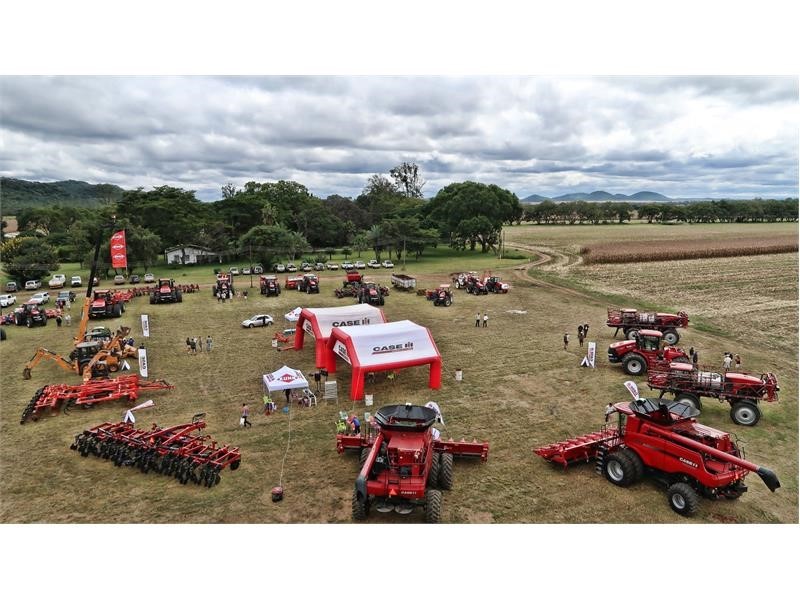
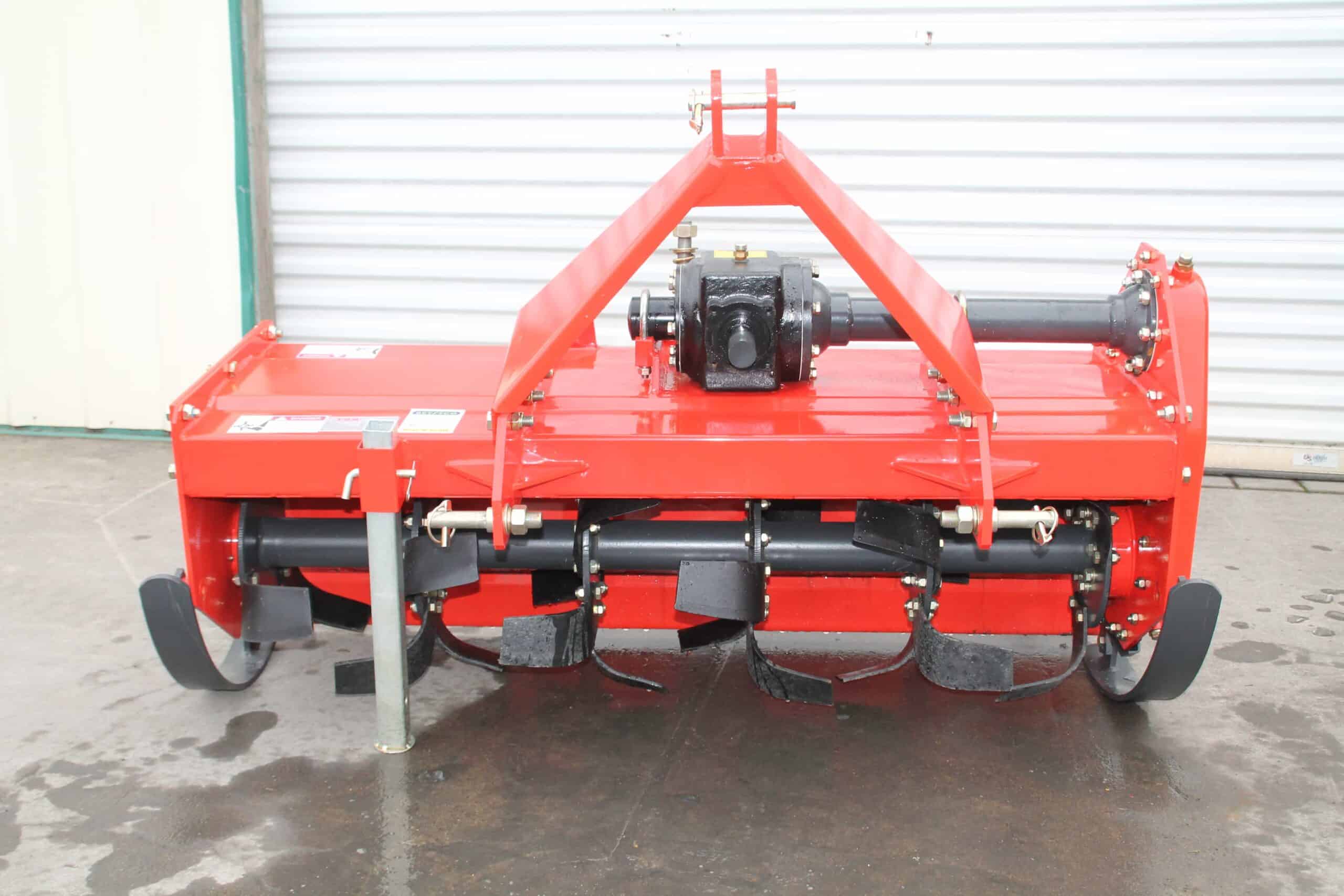
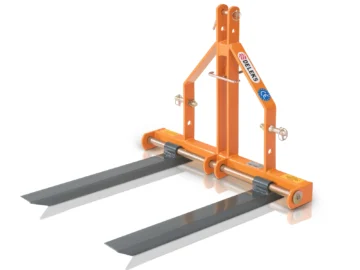
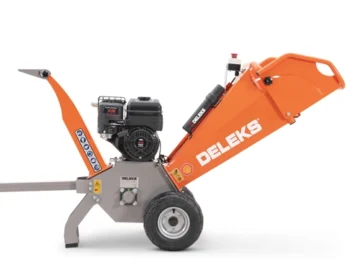
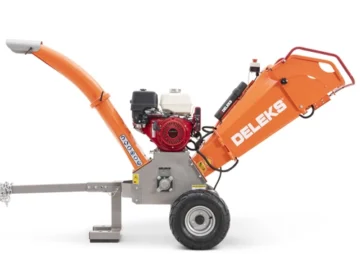
Reviews
There are no reviews yet.